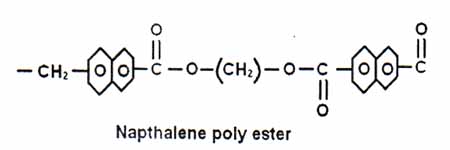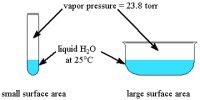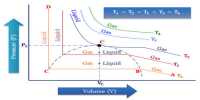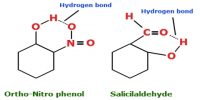Liquid Crystal State: There are some organic compounds which do not convert to transparent liquid but convert to non-transparent (turbid) liquid which melt on heating. This state of matter having some liquid properties like fluidity, surface tension as well as some crystalline properties like rigidity and optical properties. So this state is known as liquid-crystal state.
Crystal ↔ Liquid Crystal ↔ transparent liquid
melting clearing
temperature temperature
Example:

Structural characteristics of liquid-crystal state:
1. All liquid-crystals are organic and have elongated molecules which end is a polar group like —CN,-NO2,-OR and —NH2.
2. Many have flat portions such as a benzene ring.
3. The molecules are linear in conformation with doubly-bonded linking groups like =c=c= and –N=N= to inhibit rotation and hold the molecule rigid about its long axis and other part of the compound becomes flexible.
4. The molecules possess strong dipoles and also easily polarisable groups.
Uses of liquid-crystal state:
i) Matters show optical properties in liquid crystal state. Therefore, liquid crystal state is used for display in electronic equipment like calculator, electronic watch.
ii) Liquid-crystal state can be used as temperature sensor.














